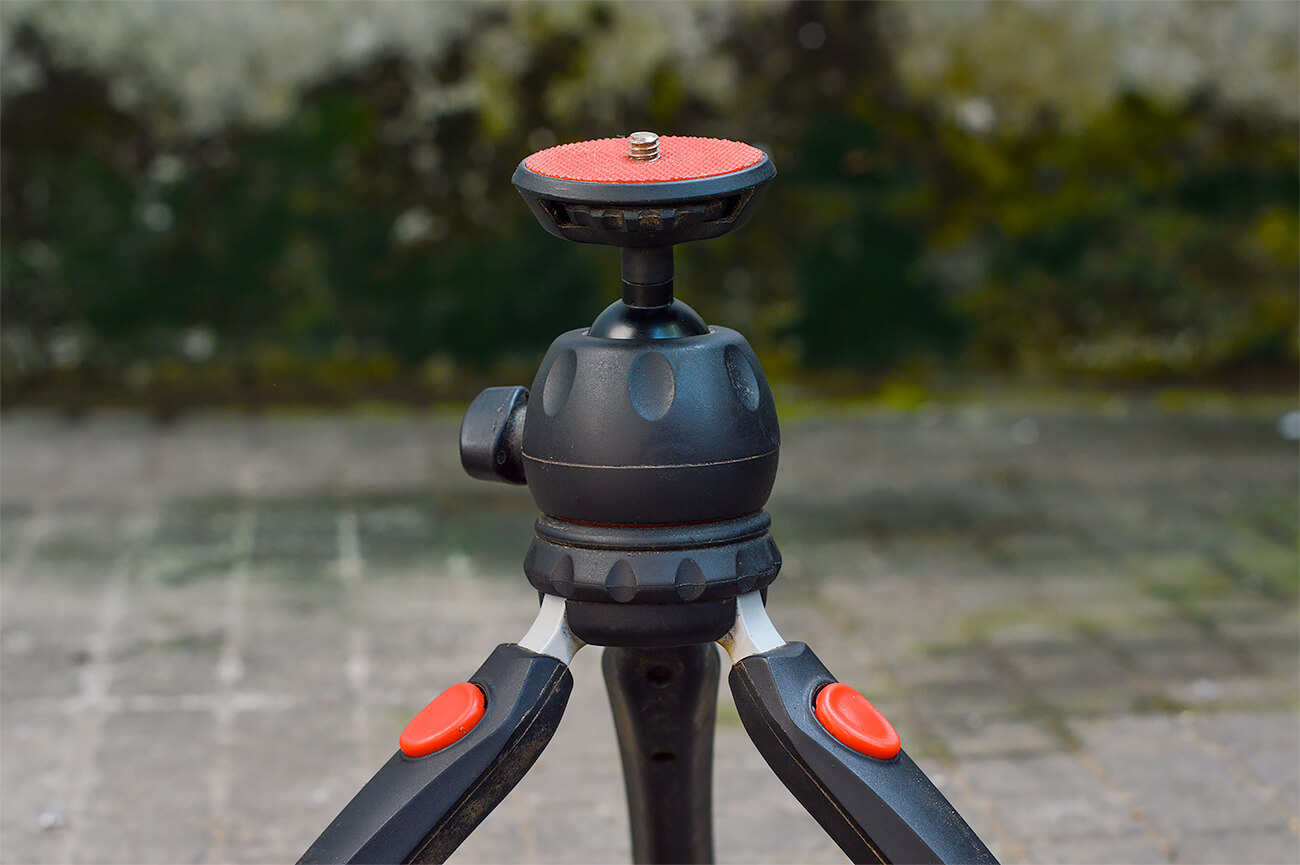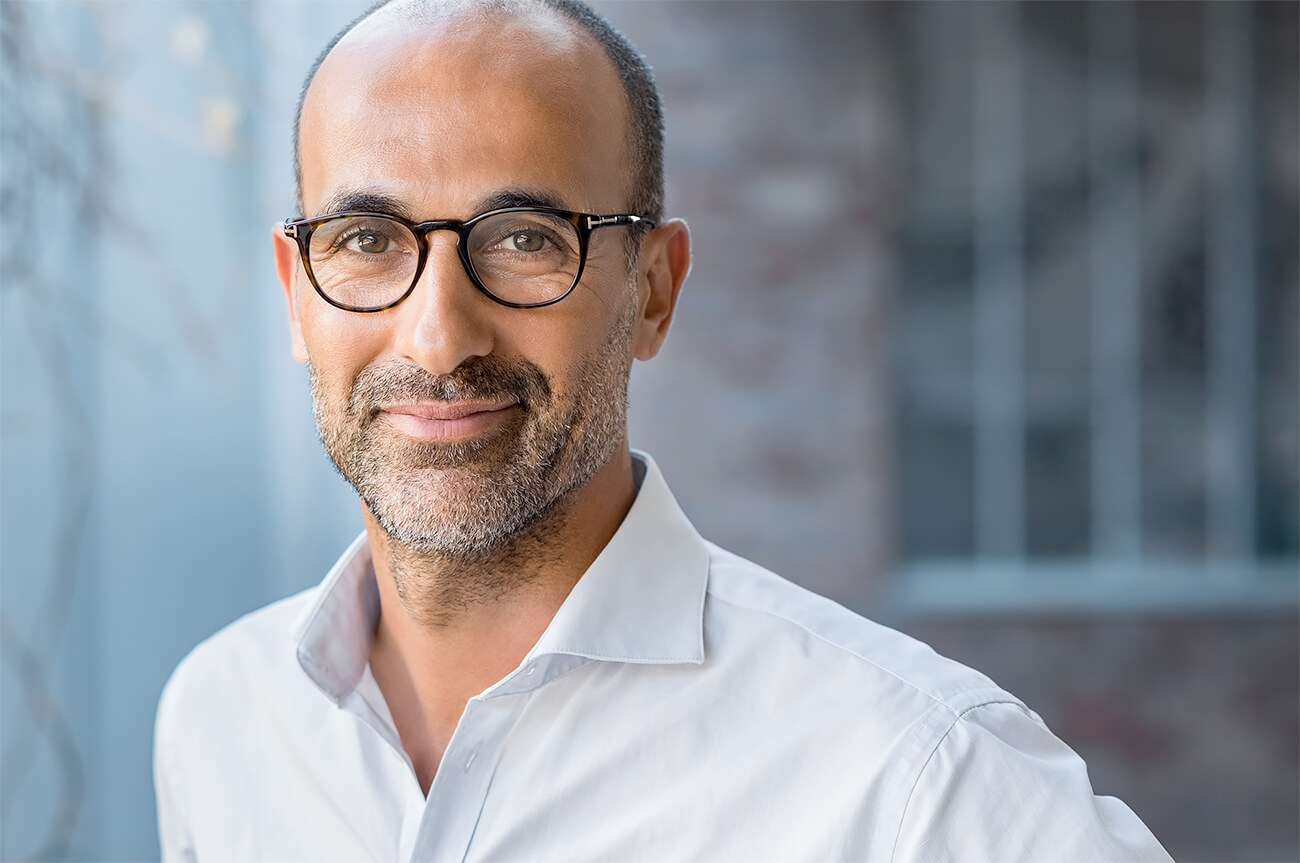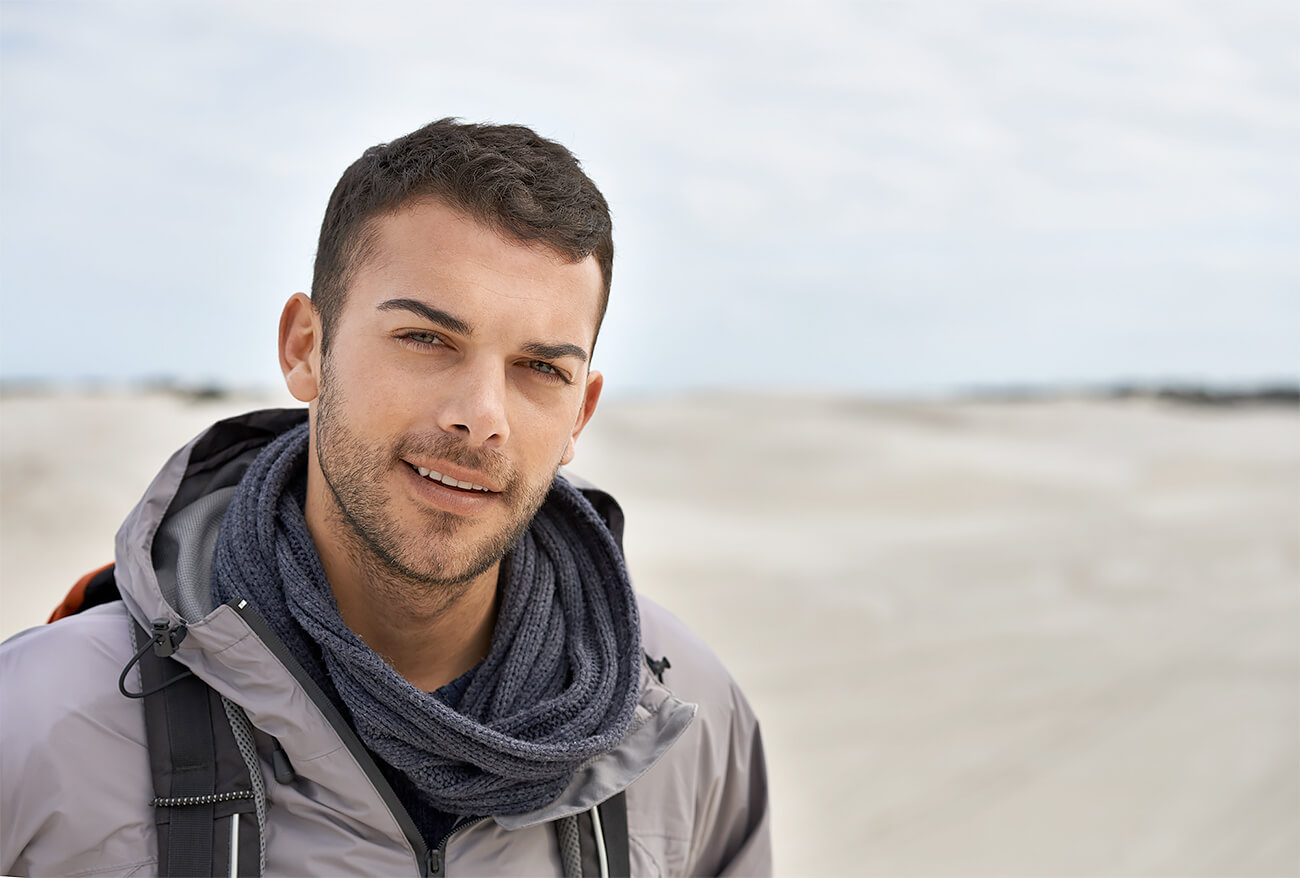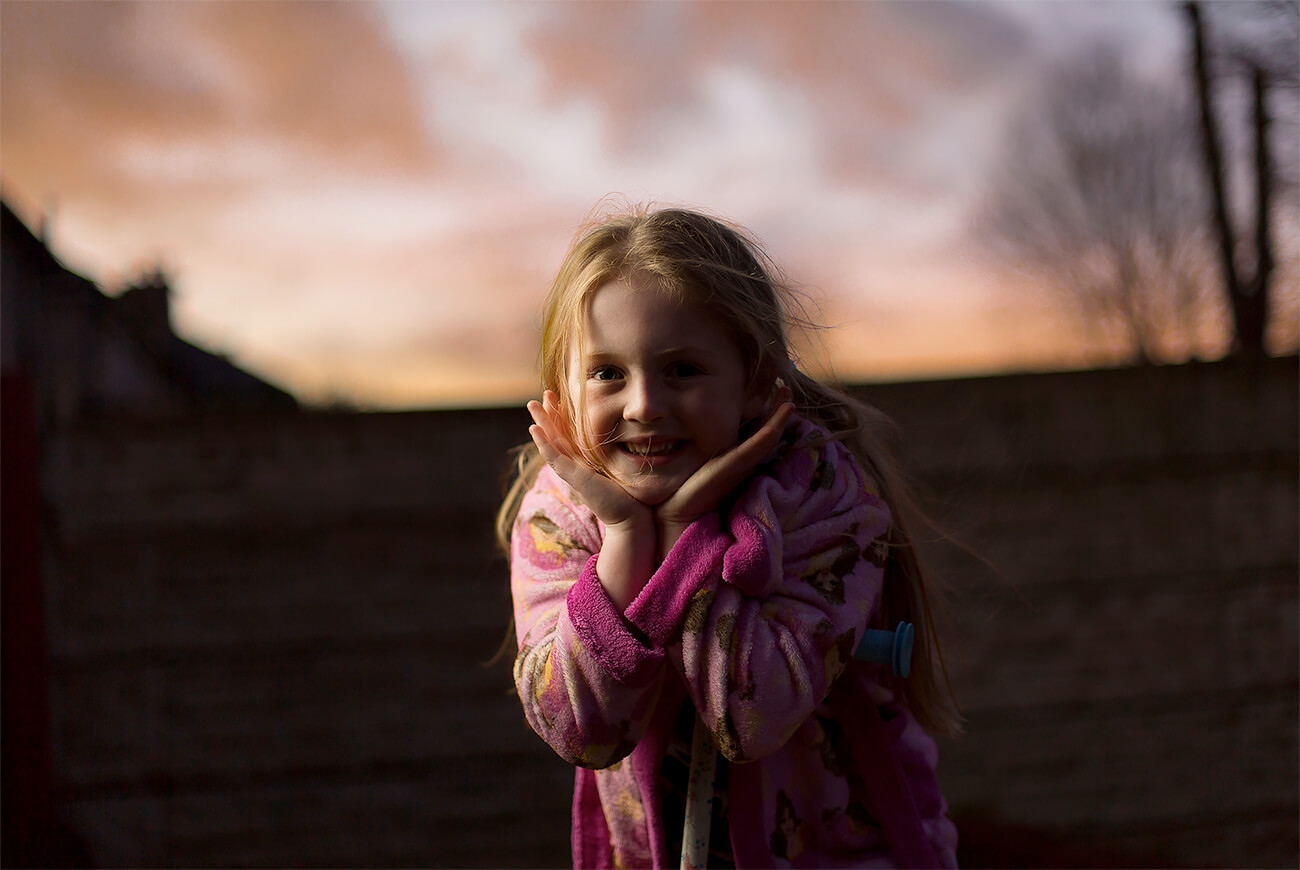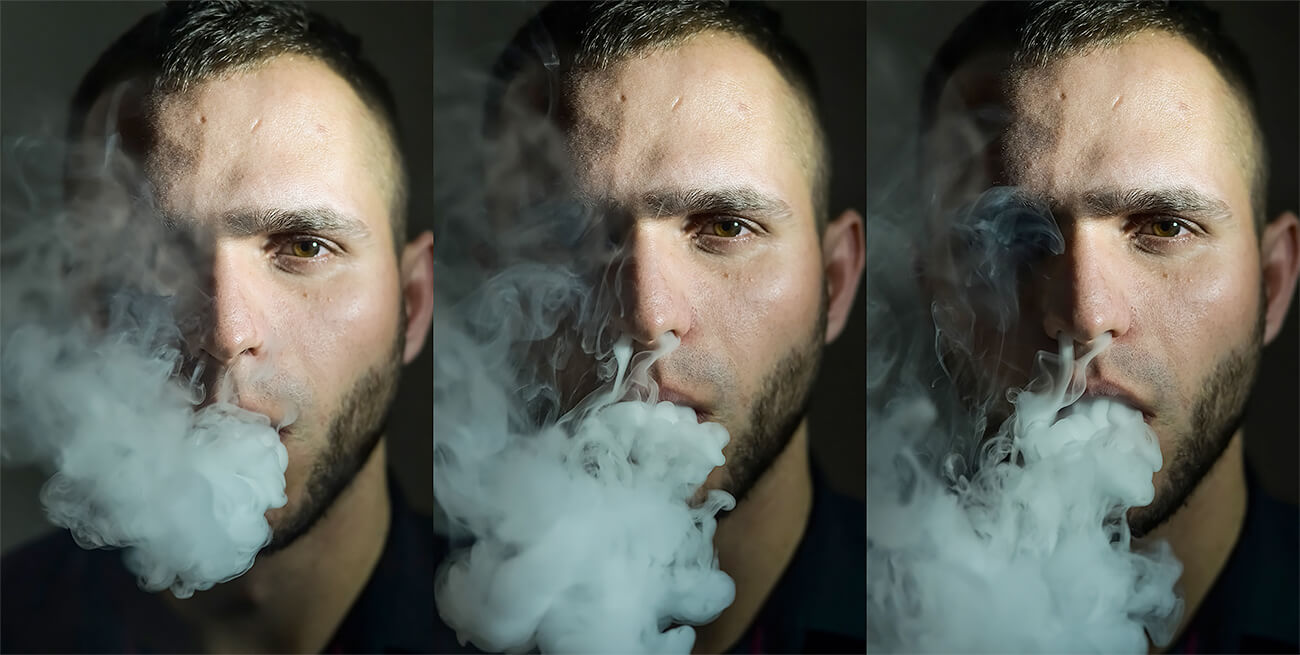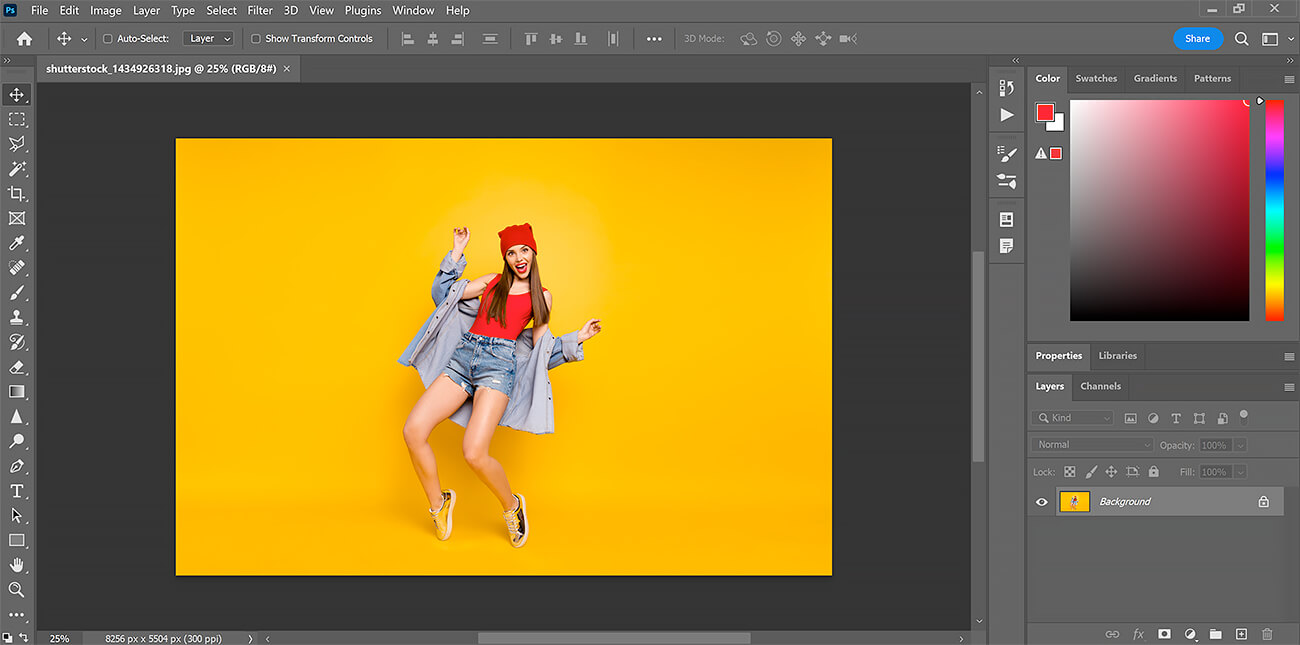When you are looking to capture someone's personality and beauty, your portraits must come across as natural. This means not only taking good pictures; there is still much more involved in making perfect photos!
You don't need an expensive camera or complicated settings- all this photographer needs is their skillset which can be learned through practice.
With that said, these tips will help you get started on the right foot.
1. Find the Right Location
The first step is to find a location that is both comfortable for your subject and has the right kind of lighting.
If you're shooting indoors, look for a room with large windows that let in plenty of natural light. Avoid using the flash unless necessary, as it can often create an unflattering harsh light.
Outdoors, look for open shade under a tree or porch where your subject won't be squinting in the bright sun. If it's a cloudy day, that can be ideal for portrait photography as the soft light is very flattering.
2. Use a Tripod
A tripod is an essential tool for any photographer, but it's especially important when shooting portraits. A tripod will help you keep your camera steady so you can avoid blurry photos.
It will also allow you to take advantage of lower shutter speeds, which is important for getting sharp images of your subjects. Also, if you're shooting in low light conditions, a tripod will help you avoid camera shake.
3. Get Close to Your Subject
When taking a portrait, it's important to get close to your subject rather than shooting from a distance.
This will help fill the frame and make your subject appear larger in the photo. It will also make it easier to capture facial expressions and details.
4. Use a Wide Aperture
One of the benefits of using a DSLR camera is that you can control the aperture, or how much light is let into the lens.
For portrait photography, you want to use a wide aperture so that your subject is in focus and the background is blurred. This is known as shallow depth of field and it's an effective way to create flattering portraits.
5 . Avoid Using Zoom
Unless necessary If you're using a point-and-shoot camera, resist the temptation to use zoom when taking portraits. Instead, walk closer to your subject until you're filling the frame with them.
Using zoom will not only make your photos look worse, but will also make it more difficult to capture expressions and details.
6. Use Off-Camera Flash
If you're shooting in low light or want to add some drama to your photos, using off-camera flash can be a great option.
This simply means that instead of using the flash that's built into your camera, you attach an external flash unit to a light stand and position it off to the side of your subject.
7. Use Reflections
Interest can be added to a portrait by using reflections. This could mean positioning your subject near mirrors so they're visible in the photo or having them hold reflective objects like metal pieces of glass, etcetera- depending on what you want for each shot!
If outdoors, try out
polarizing lenses, which reduce glare and other unwanted elements from appearing within an image while still giving viewers enough detail due to their quality construction.
8. Try Different Angles
Instead of shooting your subject from eye level, try changing up your perspective by shooting from above or below. This will help you create more interesting and unique portraits.
9. Consider Clothing and Poses
Another way to add interest to portraits is by considering clothing and poses. If your subject is wearing plain clothes, try having them wear something with a pattern or texture.
As for poses, consider having them sit or stand interestingly rather than simply having them stand upright with their arms at their sides.
10. Shoot in Burst Mode
When taking portraits, particularly of children or animals, it's often helpful to shoot in burst mode. This means taking several photos in rapid succession so that you have plenty of options to choose from later.
11. Edit Your Photos
Last but not least, don't forget about editing! Even if you don't consider yourself a photoshop expert, there are plenty of simple edits you can make that will take your photos from good to great.
Try basic things like adjusting contrast, brightness, and saturation levels. You can also crop photos, remove red eyes, and fix minor imperfections.
Conclusion:
Portrait photography is both an art and a science. But even if you're not naturally gifted with a great eye for composition or lighting, these tips will help you take far better portraits than just pointing and shooting without any thought or planning ahead of time. So get out there and start practicing!
Author's Bio:
Timothy Ross is a professional Illustrator and Real Estate Photographer. He's the owner of
TimmyRoss.com where he writes about everything in visual media, from Graphic Design to Photography.



